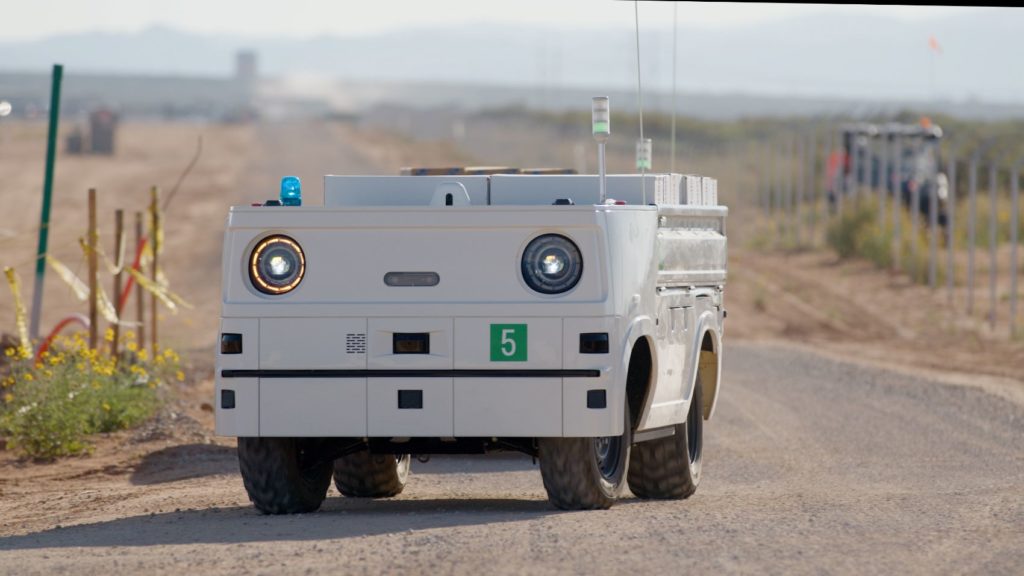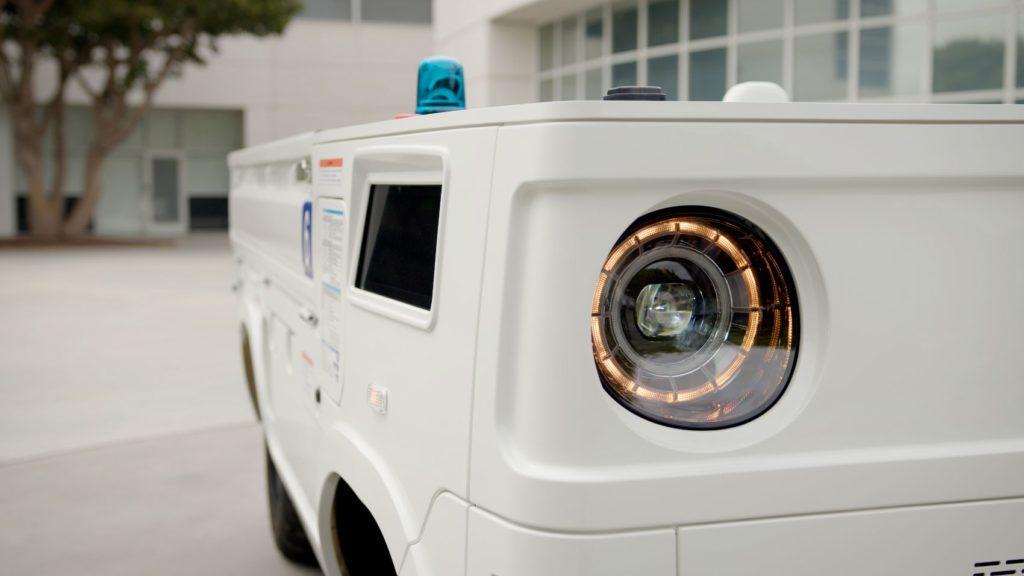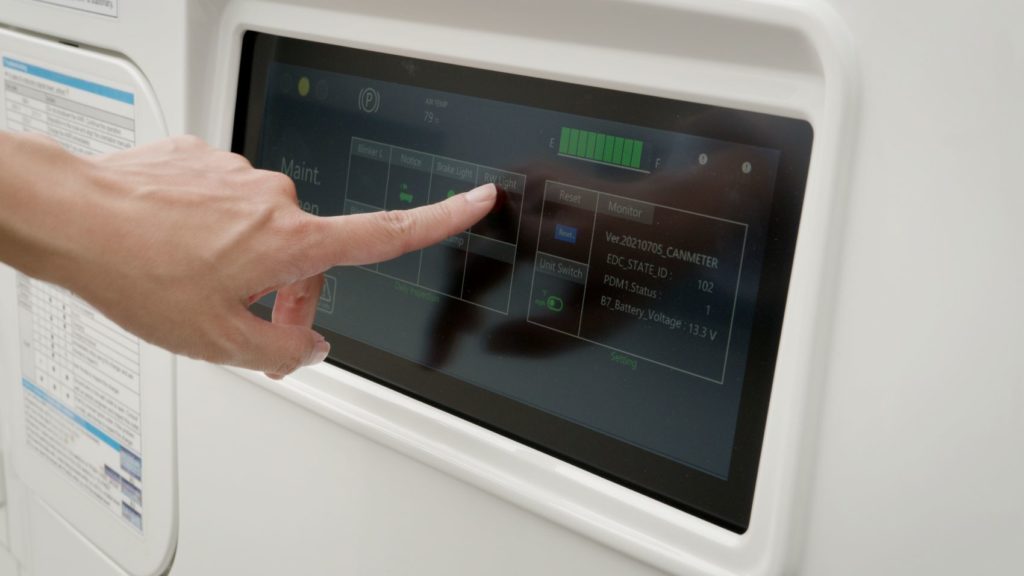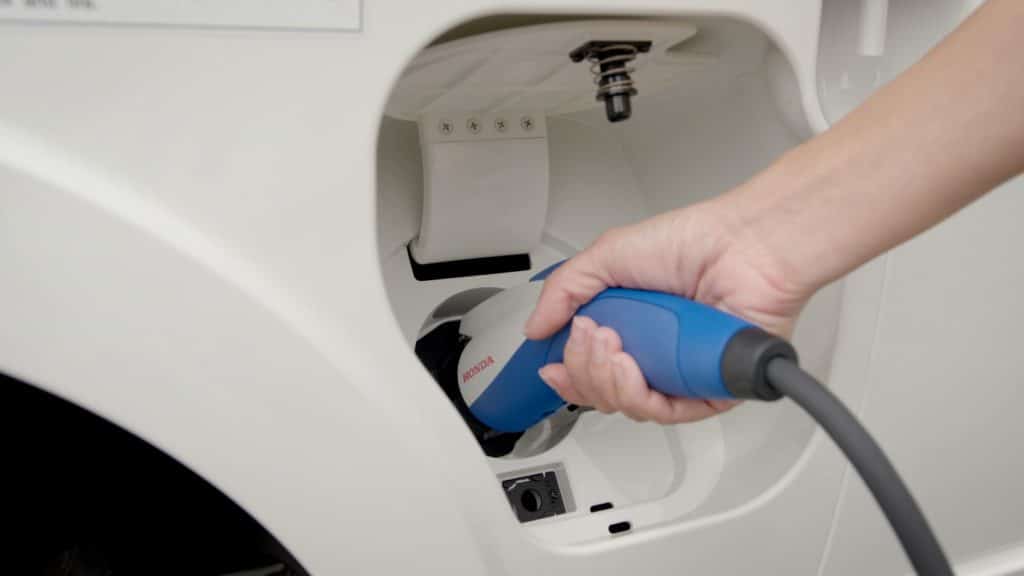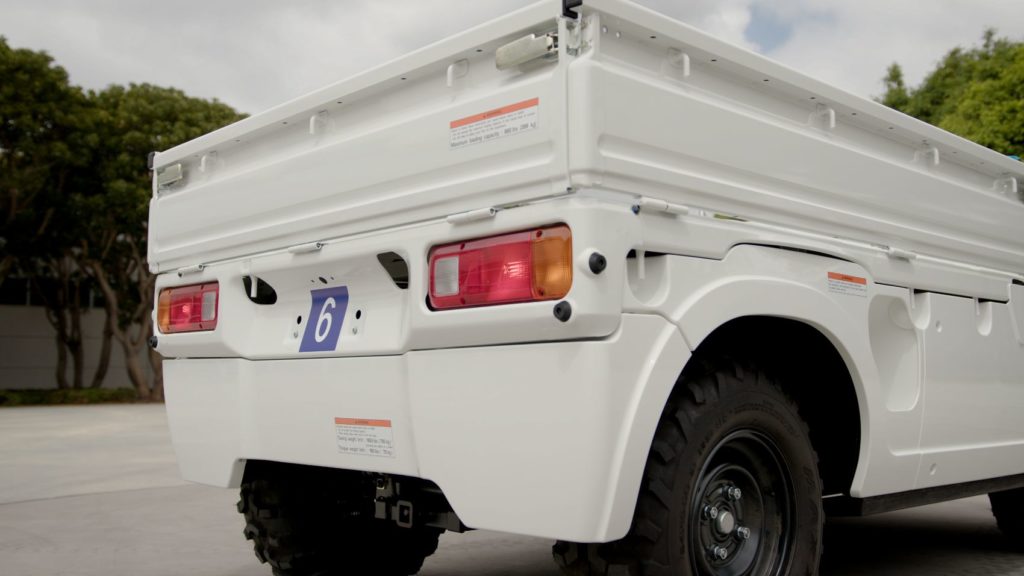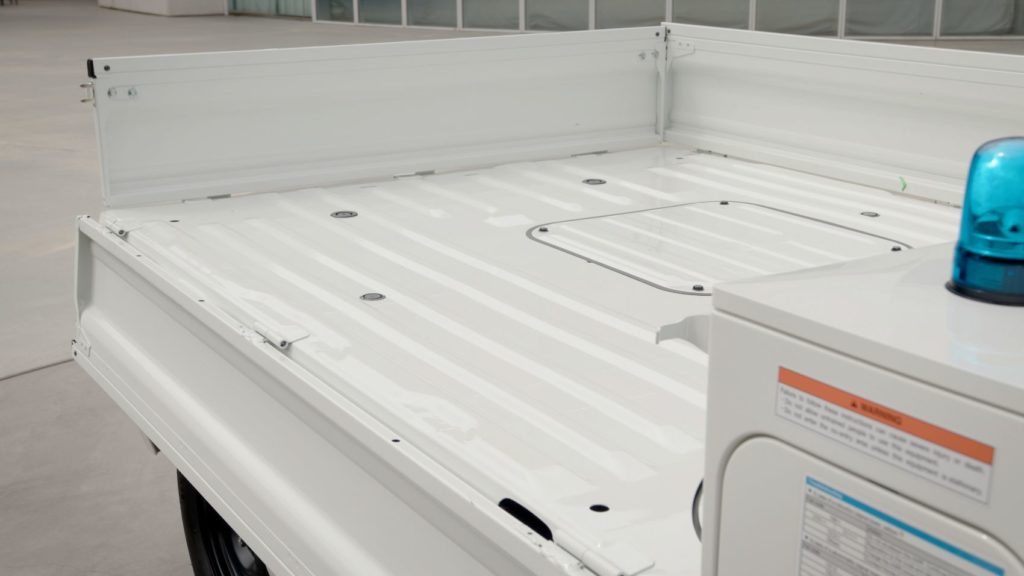Honda has collaborated with global engineering and construction firm Black & Veatch in conducting a pilot test run of its second-generation AWV or Autonomous Work Vehicle prototype. First appearing as a concept at CES in Las Vegas in 2018, Honda’s AWV successfully performed towing and hauling functions at a 1,000-acre Black & Veatch solar construction site in New Mexico.
“We believe the Honda AWV has the potential to bring greater efficiencies, higher levels of safety, and better environmental performance to the construction industry and other sectors seeking an autonomous, off-road solution,” said Kenton Williams, U.S. project lead for the Honda AWV.
Rugged Autonomy
Utilizing the fundamental architecture and underpinnings of the Pioneer side-by-side chassis from Honda’s Powersports division, the AWV is an all-electric, autonomous work vehicle with knobby tires and an all-wheel drivetrain.
Earlier versions of the AWV have seen action before. Still, this particular second-gen vehicle was the first to deploy multiple units working together on a real-world and large-scale solar energy construction site. The AWV initially transported drinking water, construction materials, and other supplies within the 1,000-acre work site during its month-long field test.
Not long after, Black & Veatch took advantage of the vehicle’s towing prowess in relocating heavy equipment. The AWV has a max loading capacity of 880 lbs. (399kg) and can tow up to 1,653 lbs. (750kg) for around 28 miles (45 km) of range.
How It Works
Honda’s Autonomous Work Vehicle operates using sensors and GPS coordinates. It also has radar and LiDAR to detect obstacles, while a stereoscopic 3D camera enables remote monitoring. The AWV can function either autonomously or via remote control.
Black & Veatch’s solar construction site in New Mexico is the perfect testing ground for Honda’s AWV. The site requires laying out support structures for solar panels in a grid pattern at regular intervals. Honda procured a high-definition site map, allowing operators to set precise start and stop points for multiple AWVs using a cloud-based app or user interface.
During its pilot run conducted last year, the AWVs successfully ferried materials and supplies along a calculated route, stopping within centimeters of the pre-set points. “With our leading market position in solar power, the testing of this new autonomous work vehicle aligns with our focus of advancing the industry through new and innovative ways to work at project sites,” said Mario Azar, president of Black & Veatch.
Multiple Applications
As described by Honda, field testing has validated the AWV’s capabilities for various services and industries, mainly where safety and workforce constraints are a concern. It not only tows or carries supplies and equipment, but it has the potential to accommodate tools and attachments to suit any work environment.
Honda claims it has no immediate plans of greenlighting the AWV for commercial production. However, the automaker also said they are looking forward to working with other companies in assessing the capabilities and functionality of its AWV. Perhaps we will see more AWVs in the future after all?
You can watch the Honda AWV in action in the video below.


